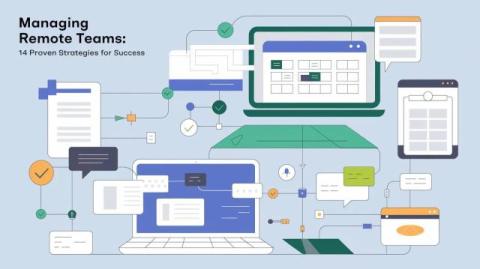The Right Way to Monitor Employees Working From Home
The unprecedented rise of remote work has triggered the need for businesses to manage employee productivity and mitigate data security risks effectively. Understanding how to monitor your remote workforce while respecting employee privacy and fostering a positive work environment is critical. This guide explores the key considerations for implementing remote employee monitoring, including best practices, top features, and the benefits of monitoring software.










